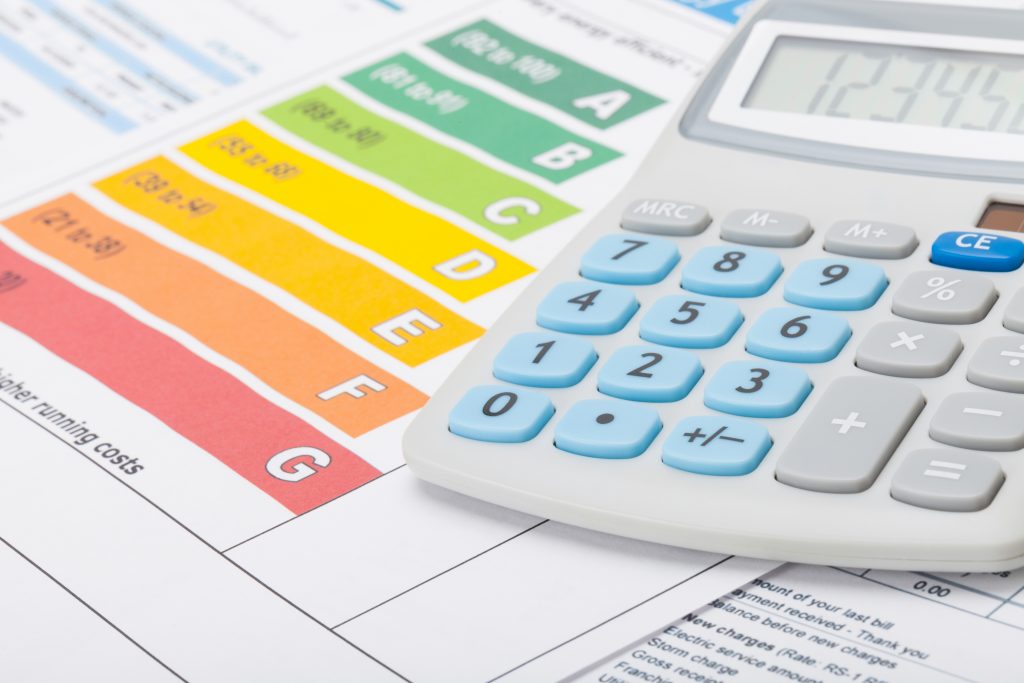The increase in the energy price cap will hit Scotland’s poorest the hardest.
That’s the message from Citizens Advice Scotland as Ofgem announced the energy price cap is to increase.
The change will see the cost increase by £96 for default tariff customers and by £87 for pre-payment meter customers.
Speaking of the price hike, Citizens Advice Scotland Fair Markets spokesperson Kate Morrison said: “The energy price cap increasing in March will hit the poorest consumers the hardest.
“The pandemic has seen all of us stay at home more – the result of that is more time with the heating on and higher bills as a result.
“With 1 in 4 households in Scotland already in fuel poverty and a growing problem with fuel debt, increasing the cap could see more people struggle.”
She added: “With this rise coming at the same time as plans to end the £20 per week increase to Universal Credit, consumers will face a perfect storm of reduced incomes and higher bills later this year.”
What is the energy price cap?
The price cap offers protection to consumers who haven’t switched energy supplier by making sure they pay a fair price for their gas and electricity.
It’s adjusted by Ofgem, either higher or lower, twice a year to reflect the costs of supplying electricity and gas for suppliers.
It only applies to people who are on a standard variable tariff (SVT), which is typically the most expensive, or on a prepayment meter.
If you haven’t changed supplier in a while or have never made the switch, you’ll likely have been put on a standard tariff at the end of your fixed period.
However, it’s important to remember the price cap won’t limit your total energy bill, however. That will depend on how much energy you use.
When is the price cap changing?
The price increase will come into play from April 1, when prices will return to pre-pandemic levels as a result of the changes in wholesale energy prices.
Wholesale energy prices dropped in the wake of the first lockdown and the level of the price cap fell by £84 in October to its lowest level yet for the current winter period.
However, as demand for energy recovers so has the wholesale prices and they are returning to a more normal level.
How much is the energy price cap?
The price cap will increase by £96 to £1,138 for 11 million default tariff customers, and by £87 to £1,156 for four million pre-payment meter customers as of April 1.
The price change will be in place for six months.
According to Ofgem, households on default tariffs are saving an estimated £75-£100 a year or £1 billion in total on their energy bills as a result.
However, consumers who want to avoid the increase and save money should shop around ahead of the increase in the price cap.
Speaking of the increase Jonathan Brearley, chief executive of Ofgem, said: “Energy bill increases are never welcome, especially as many households are struggling with the impact of the pandemic. We have carefully scrutinised these changes to ensure that customers only pay a fair price for their energy.
“The price cap offers a safety net against poor pricing practices, saving customers up to £100 a year, but if they want to avoid the increase in April they should shop around for a cheaper deal.
“As the UK still faces challenges around COVID-19, during this exceptional time I expect suppliers to set their prices competitively, treat all customers fairly and ensure that any household in financial distress is given access to the support they need.
“The government and Ofgem have been working with the energy industry and consumer groups to support customers through this difficult time and I urge anyone worried about paying their energy bills to contact their supplier and access the help available.”
It pays to shop around
Switching energy supplier may seem like a hassle but it’s worthwhile when it comes to making your money go further.
It’s important to review your tariff every year to make sure you’re getting the best deal.
Changing your supplier is easier than you think and can be managed in just a few simple steps.
- Shop around: Did you know if you’re on an SVT tariff you could be throwing away more than £300 a year? That’s exactly why it’s important to shop around and start reading up on the tariffs and deals available to you. It pays to shop around so the first thing to do is start reading up on different tariff types and how they could benefit you. Check out price comparison sites such as USwitch or Quotezone to find out what deals are on offer for you. The cheapest are typically found online and are fixed deals – meaning you’ll pay a fixed amount for usually 12 months. Other advice can be found at Citizens Advice.
- Personal details: This might sound obvious but make sure you have your persobal details handy, as well as details about your current tariff. Make sure you have a note of your postcode, name of current supplier and name of current tariff. If you’re unsure which tariff you’re on you can find the details, along with supplier details, on a recent energy bill.
- Weigh up your options: Don’t just go with the first deal you find. Of course, cheaper prices are important but you may want to consider customer satisfaction scores, green energy tariffs or fixed deals with no exit fees.
- Make the switch: Once you’ve decided on a new supplier and energy tariff, the last step is to confirm the contract and how you plan to pay. In some instances, paying by direct debit can save more money. Your new supplier will then be in touch to confirm your switch-over date. The process can take up to 21 days but in most cases, it’s around 17 days. You have a 14-day cooling-off period to change your mind and cancel from the date you agree a contact. You need to contact the supplier to cancel any contract.
Concerned about utility bill debt?
If you’re struggling with utility bill debt and are seeking advice, talk to Carrington Dean. Our expert advisors are trained in helping people find a debt solution suited to their needs – including writing off a percentage of unsecured debt.









